Winter can be a tougher time to be a healthy eater. With the onset of global farming, we’re no longer “seasonal eaters,” eating what’s naturally available at different times of the year. Fresh foods are now shipped worldwide all year round.
But what about taste, nutrient content and cost? Is fresh always best? Let’s take a closer look at some go-to food favorites to see if it’s better to go fresh or frozen.
Fish fillets: FROZEN
You might be surprised to know most fish sold in supermarkets — even when presented on ice in a case — is previously frozen. It’s “fresh frozen” when caught so taste and nutrients are maintained. You’ll be paying a lot more for the perception of fresh-caught fish. Some restaurants and specialty fish stores DO have fresh fish for sale, but the price is eye-popping and the nutrients are the same.
- Look for ready to eat, unseasoned, uncooked fillets — available singly packaged or in multiples.
- Read the labels before choosing prepared and processed fish sticks and fillets; while some are nutrient rich, others are loaded with extra salt, fat and calories.
- Seafood, especially shrimp, is a great nutrient-rich, economical option.
- For “specialty fish” like wild salmon that have a limited growing season, frozen fillets are the perfect choice.
Pizza: FRESH
Frozen pizzas, like most processed and prepared foods, have loads of hidden added salt and fat. Adding toppings boosts the cost, without extra food or nutrients.
- Personalize and boost the nutrients of your favorite pizza with your choice of thick or thin crusts available everywhere. From a ready-to-use crust, to English muffins or pita rounds, you can go plain, whole wheat or gluten free.
- Top your pizza with a healthier jarred sauce — it’s lower in salt and fat than pizzeria versions.
- Add your favorite toppings so you control the amounts — even the more indulgent ones. Try swapping turkey pepperoni for regular, or add just a few pieces of the regular version. Try reduced-fat cheese to lower saturated fat without compromising flavor. Load up on veggie toppings for pennies.
Fruit: FROZEN
While this might sound like a shocker, nutrient-rich fruits like berries, cherries and peaches are traveling thousands of miles to get to your local market. Usually the taste, texture and color are less than expected, and the price is astronomical.
Meanwhile, frozen fruits — conventional or organic — are “flash frozen” upon harvesting, keeping them nutrient rich and fresh. Most waste is eliminated, as you use what you need at the time.
- I call fruit “nature’s candy”, so try cherries or your favorite straight from the freezer for a treat.
- Skip the frozen fruits with added sauces or toppings that contain a lot of added sugars. Stick with plain frozen fruit.
- Upon thawing, the texture does change, so mix with seasonal fresh fruits like apples or oranges if using in a fruit salad. Frozen fruits are best when cooked or blended in smoothies or yogurt, but can be eaten “as is” when still slightly frozen.
Mac and cheese: FRESH
Most frozen versions are loaded with sodium and hidden saturated fats. There’s about 710 mg — about one-third to one-half of your daily recommended sodium — in just one cup of frozen mac and cheese.
- You can boost the nutrient content and save money by preparing your own, which takes just a few minutes longer than microwaving a box (and less time than preparing in the oven). Try whole wheat elbows to boost fiber or a 100 percent chick pea pasta like Banza to add both protein and fiber.
- Adapt your favorite recipe by trying reduced-fat cheese to cut the saturated fat.
- If you need a bit of added salt, a couple of shakes from the salt shaker add far less sodium than frozen versions.
Vegetables: FROZEN
There’s no food waste, just use what you need! You’re not stuck with a whole head of cauliflower that sounded like a good idea to use five ways, but winds up in the back of the fridge, untouched.
- Frozen vegetables are ready to use, already cut and washed to save prep time.
- Prices skyrocket in the wintertime, and you can use frozen veggies for mostly all uses (except raw, with dips). Add to stews, soups and side-dishes. While the texture is slightly different, frozen veggies are “flash frozen” for optimal nutrient content and taste.
Credits: Madelyn Fernstrom via Today.com

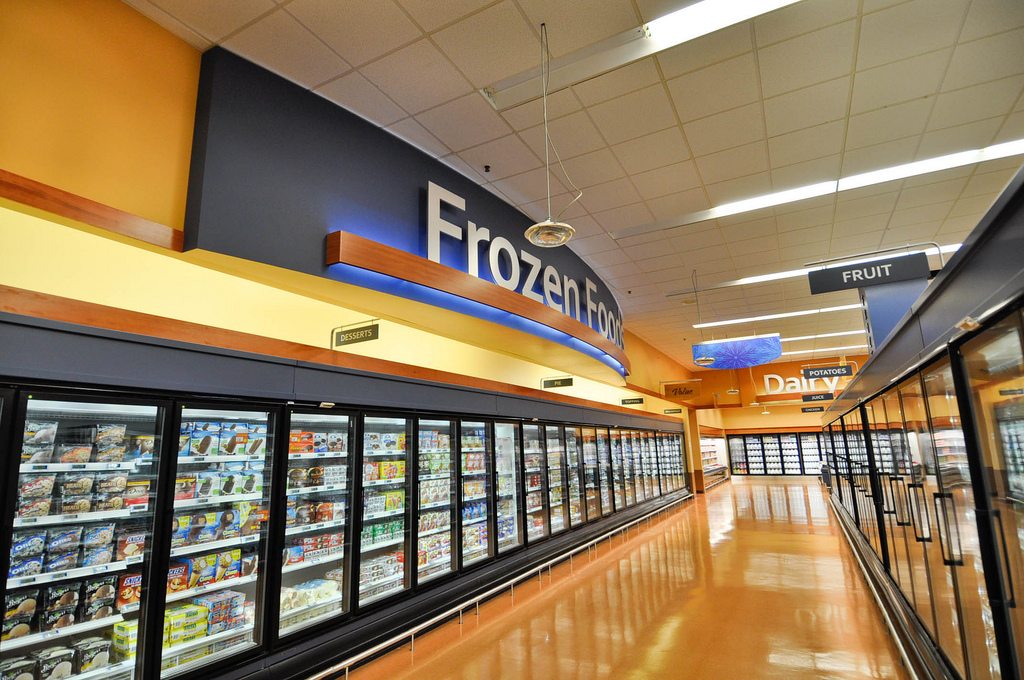













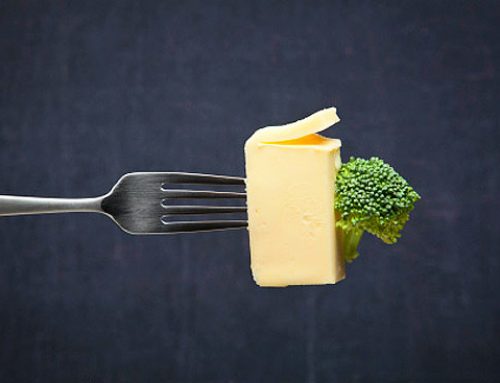






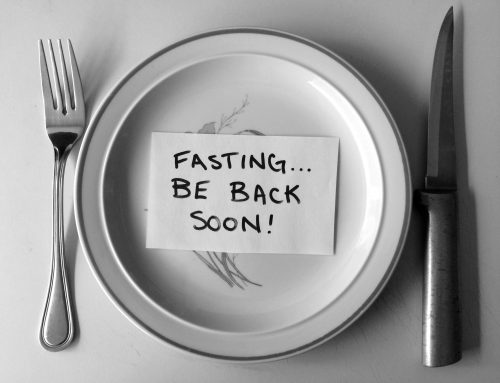

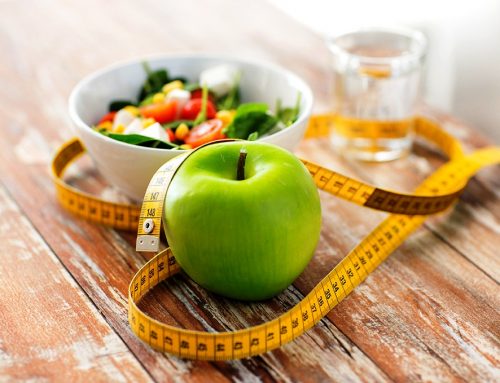

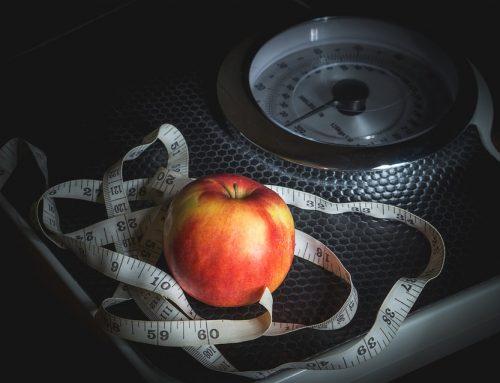
Leave A Comment